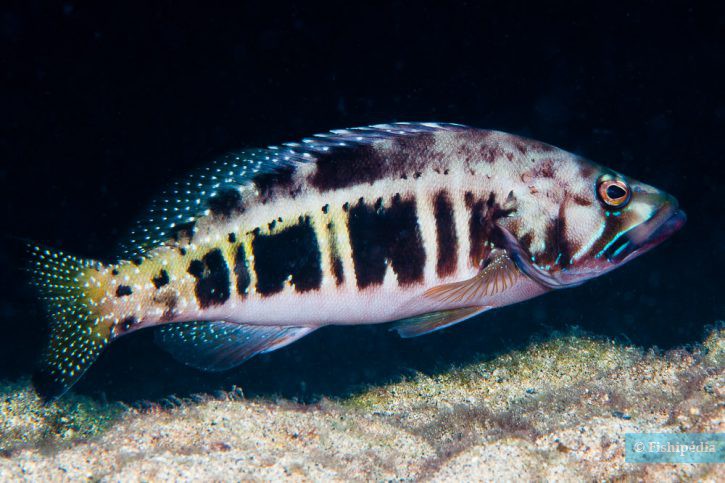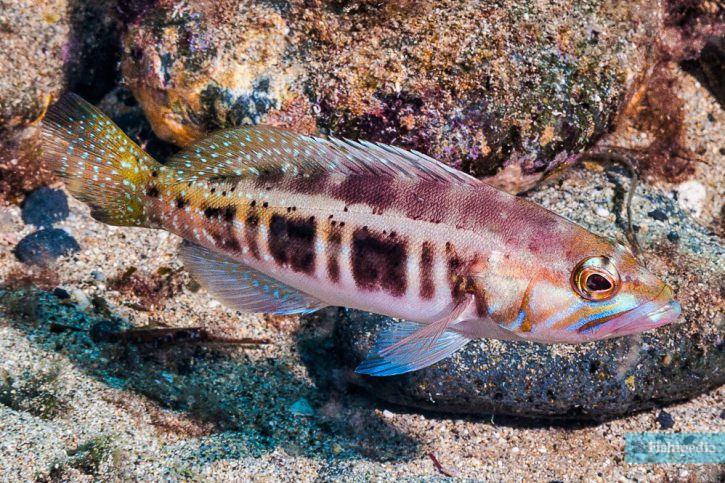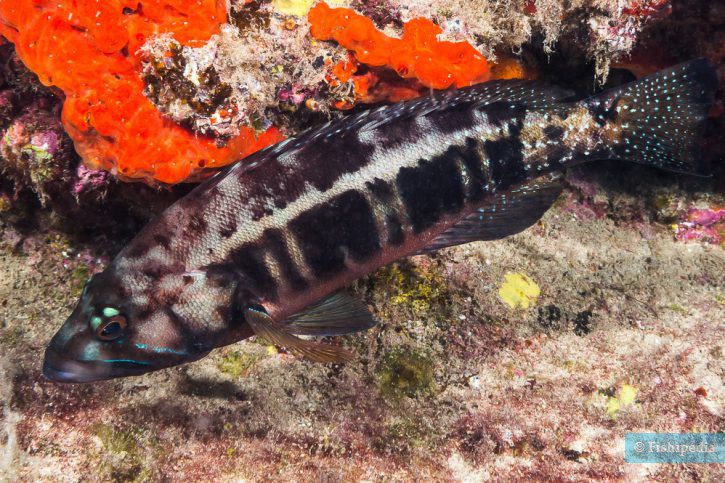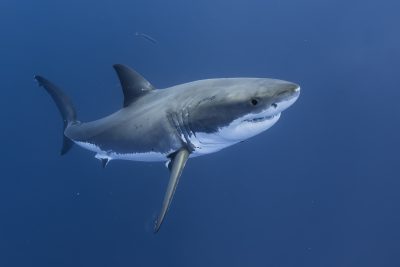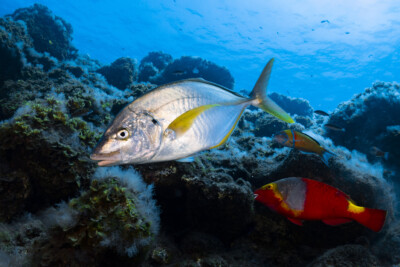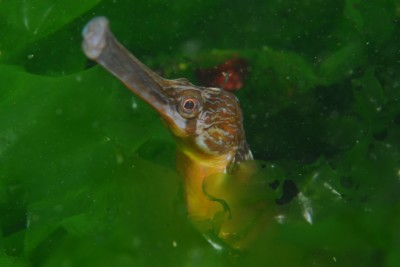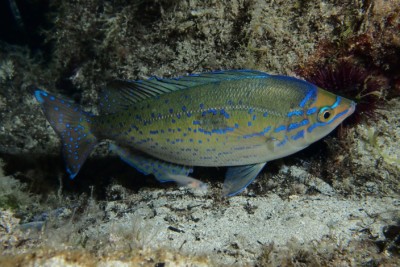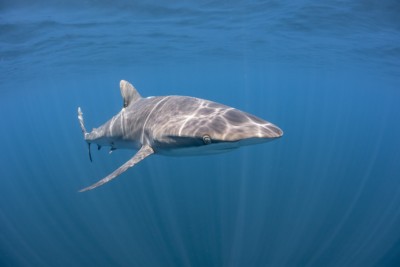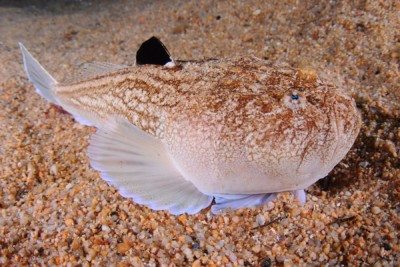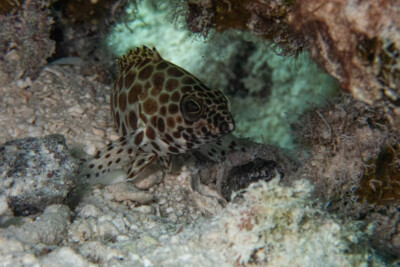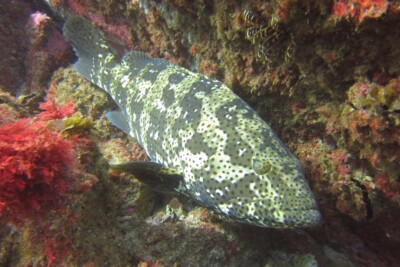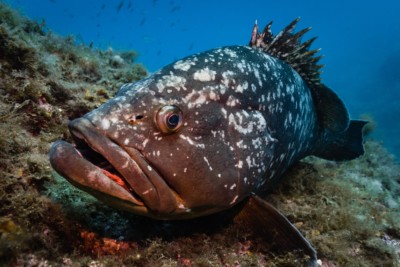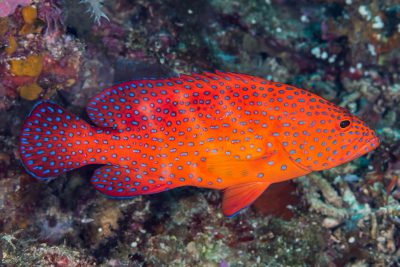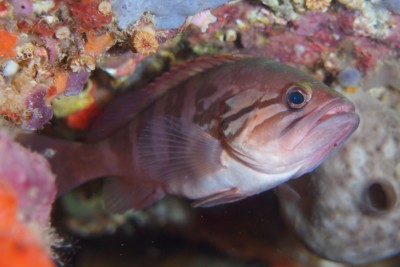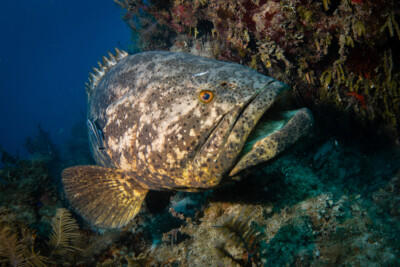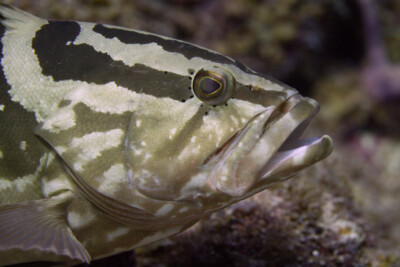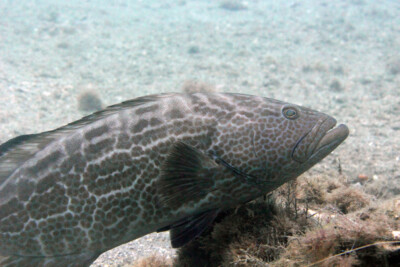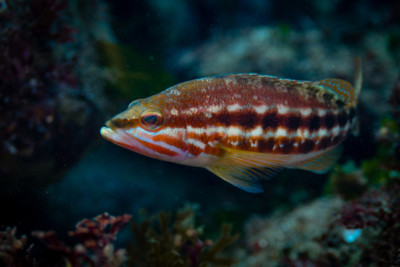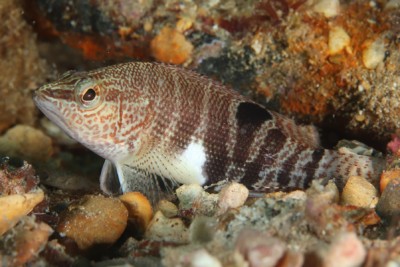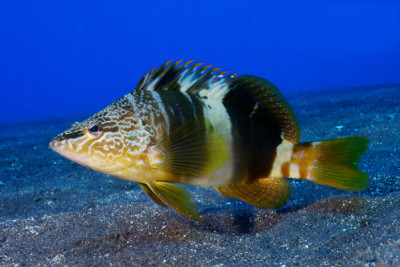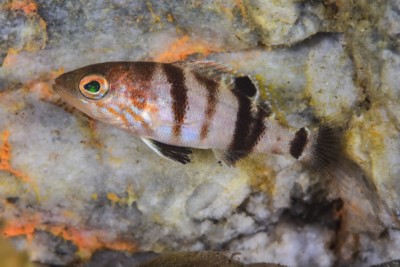blacktail comber
| Scientific name | Serranus atricauda |
|---|---|
| Descriptor | Günther |
| Year of description | 1874 |
| IUCN category (World) | DD |
| Family | Serranidae |
| Genus | Serranus |
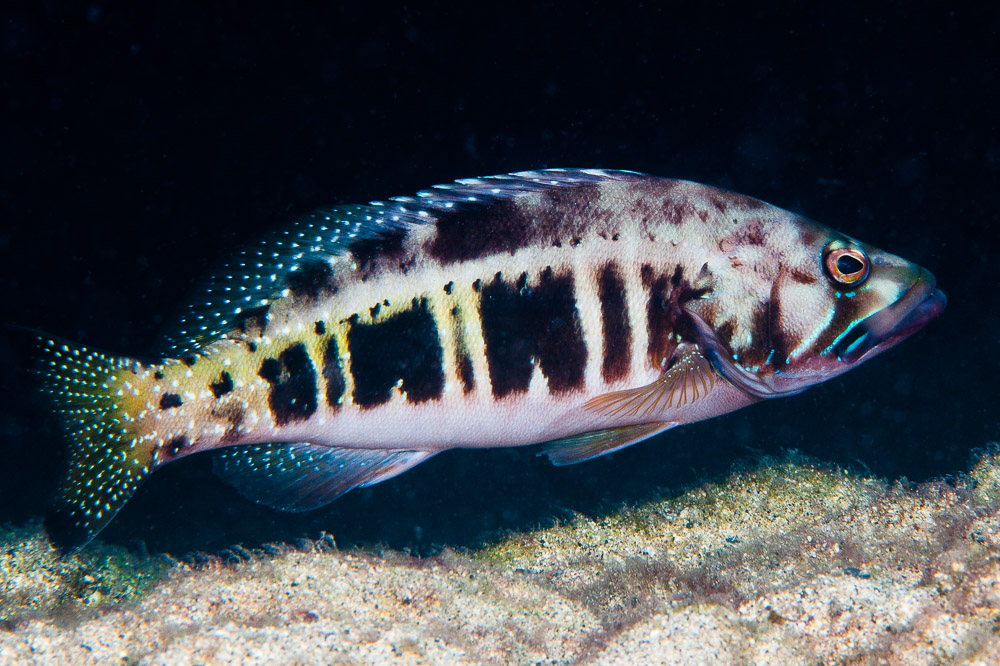

Introduction
The blacktail comber, commonly known as the blacktail comber or the sea perch, is a fish found in the western Mediterranean Sea and on the eastern coast of the Atlantic Ocean. Location data appears to be incomplete.
It is confirmed to be present in the Azores, along the Moroccan and Algerian coasts, and in the Bay of Biscay. In the Canary Islands, it is an important species in traditional fishing. It seems to be rare on the French and Italian coasts.
This carnivorous fish, a close relative of groupers, is a common resident of deep rocky bottoms.
Who is it?
Morphology
-
Average size25 cm
-
Maximum size43 cm
-
Patternvertical stripes
-
Average size25 cm
-
Maximum size43 cm
-
Patternvertical stripes
How to recognize This fish ?
The blacktail comber has a more compressed body compared to its Mediterranean cousins. It is brown and mottled with a horizontal band two-thirds down its body. Three pairs of distinct beige vertical bands can be observed. The edges and the caudal fin are covered with blue to golden spots.
The head is pointed with a prominent lower jaw, as is typical of other combers.
Behaviour & Life cycle
-
dietcarnivorous
-
Sociabilitysolitary
-
territorialYes
-
Way of livingdiurnal
This solitary and territorial fish naturally resides in rocky areas near the sea floor.
This predator feeds on fish, mollusks, crustaceans, and worms.
Reproduction
-
Reproductionovipare qui pond en eau libre
The blacktail comber is an oviparous fish that spawns in open water. As mentioned earlier, it is a simultaneous hermaphrodite species. Each fish can be male or female depending on the period.
In the Canary Islands, spawning occurs year-round, with a peak period between March and July. Half of the individuals reach sexual maturity at 20 cm, and 95% at 33 cm. Studies have been conducted to ensure sustainable fishing of this species around the archipelago.
Harmless species
This species does not represent any particular threats to humans when encountered in its natural environment.
Origin and distribution
Conservation status of populations (IUCN)
What is its habitat?
Natural environment characteristics
-
Temperature15 - 26 °C
-
Depth6 - 90 m
Biotope presentation
There is little information available on the average depth. It appears to be rarer than its relatives, the comber and painted comber. It resides hidden at the bottom in rocky areas that are sometimes difficult to access.
Species of the same biotope
Fishkeeping
Not recommended
We do not recommend keeping this species in an aquarium. It has unpredictable needs which, if not met, generate significant stress, potentially leading to a shorter life expectancy, an interruption of its growth or the development of pathogens.
To go further
Sources & Contributions
Participation & Validation
The Fishipedia team and specialist contributors are committed to providing high-quality content. However, although the information comes from scientific sources or testimonials from specialists, the cards may contain inaccuracies.

Benoit Chartrer
Translation
Translation done with the valuable contribution of our translators, who make this information available to a wider audience. We sincerely thank them for their commitment.
Bibliographic references
FAO Species Catalogue. Vol. 16. Groupers of the world (family Serranidae, subfamily Epinephelinae). - Heemstra, P.C - J.E. Randall - FAO Fisheries Synopsis - 1993.
SERRANIDAE - P.C. Heemstra - W.D. Anderson - FAO Fisheries Synopsis - 2002.
Competition between the comber (Serranus cabrilla) and painted comber (Serranus scriba) at STARESO, Corsica, France. - Anja Sjostrom - Ryan Stephenson - FAO Fisheries Synopsis - 0.
Spawning season, maturity sizes, and fecundity in blacktail comber (Serranus atricauda) (Serranidae) from the eastern-central Atlantic - José A. González - María J. Lorente - Víctor M. Tuset - FAO Fisheries Synopsis - 2003.
Scientific partners
Tags
Species of the same family
Same genus
Species of the same biotope
